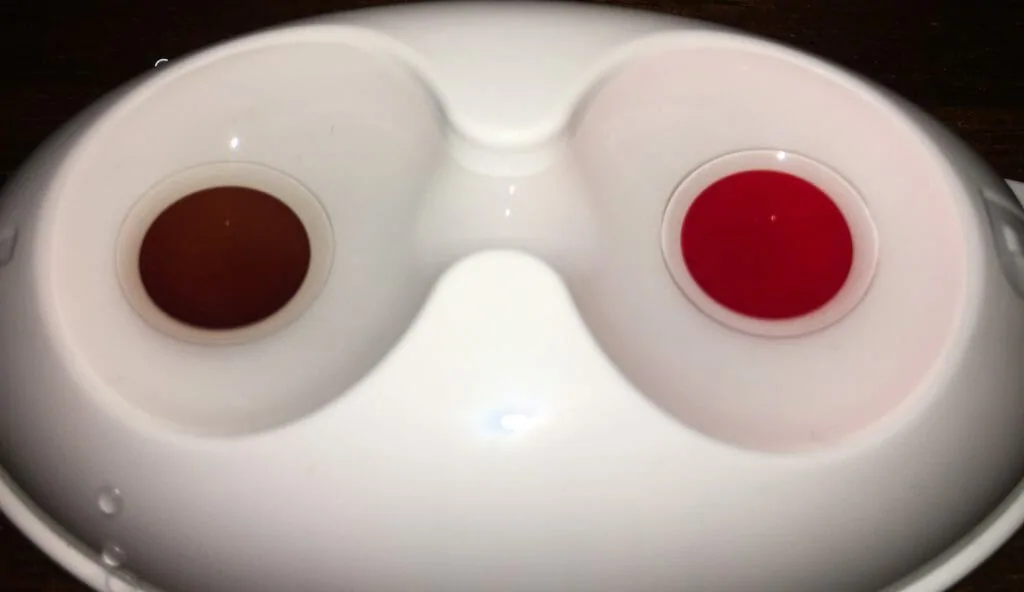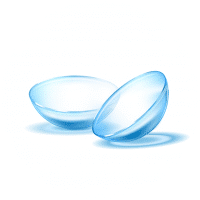Achromatopsia is a non-progressive and hereditary visual disorder which is characterized by decreased vision, light sensitivity, and the absence of color vision. In the U.S. it affects about 1 in every 33,000 people. This means there are approximately 2000 people in the UK with Achromatopsia.
There are 2 types of Achromatopsia, rod monochromatism and blue cone monochromatism.
What are the Symptoms?
There are three main symptoms of Achromtopsia:
-
‘Day blindness‘ or Hemeralopia is the most significant symptom of Achromatopsia.
-
Severe colour blindness – to the extent where patients can effectively only see in ‘black & white’.
-
Reduced vision – the high concentration of cone cells at the fovea enables the ability to see fine detail. The absence or significant reduction in cones, results in a reduction in vision. However, other factors also add to play a role in vision reduction as nystagmus (where the eyes are oscillate continuously).
Vision Correction in Achromatopsia
One of the key objectives to treatment is to alleviate the overexposure or bleaching of the retina. Bleaching occurs in Achromats because there are either no cones or only blue cones. Hence, vision is mainly provided by the rod photoreceptors. The rods work optimally in low light situations – that’s why Achromats struggle immensely in daylight.
Achromats find great difficulty in normal light, so reducing amount of light entering the eye allows Achromats to actually keep their eyes open without constantly squinting! One of the most satisfying moments from a clinical perspective is the moment we see the huge difference specialised filters make to patients. They brings a degree of normality to patients daily lives.
Reducing the bleaching of vision is achieved with the use of dark filters – either in glasses or more in specially designed contact lenses.
Vision Simulation
What Filter Works Best?
Red is usually preferred by Achromats because red light has a longer wavelength and thus lower energy, which creates less bleaching of the rod photoreceptors. However, each patient must be treated individually because every patient may be have a different severity of the condition also different sized pupils (which regulates the amount of light entering the eye). However, even within the same patient, different depths of tint (which regulates how much light gets through to the retina) may be required.
An alternative to red is a brown filter lens. This has the advantage of better cosmetic appearance. The best way to evaluate the correct lens is to trial a variety of coloured filters of varying density in your environment. We have specially designed contact lenses developed by Dr. Dave and a leading UK contact lens manufacturer for patients to evaluate. We call them the DayLens™.
DayLens™ Contact Lenses





